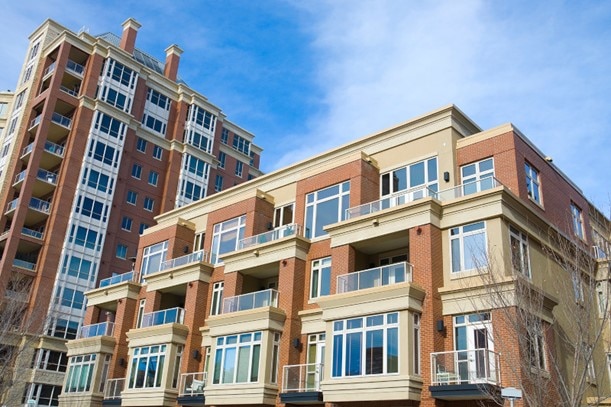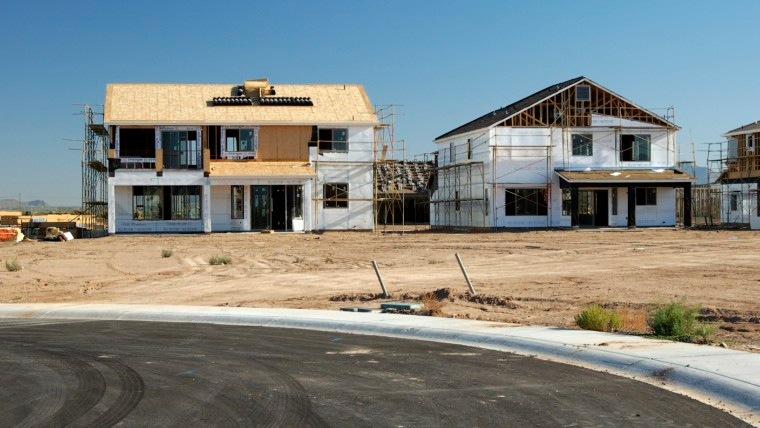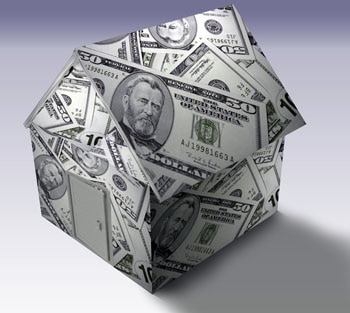
Refinancing a home loan can potentially have several benefits. Saving money, providing cash out and offering you a loan program better aligned to your changing goals are just a few examples.
So when is the right time to refinance?
Move to a Shorter Term:
Moving from a 30-Year Fixed to a 15-Year Fixed could be one of the best financial decisions. Even on a relatively smaller loan amount, you can save a bunch of money by switching. Alternatively, you can move to a 20-Year Fixed or a 25-Year Fixed mortgage.
Move to a Longer Term:
Sometimes, it’s the other way around. You got into a short-term mortgage to save on interest. But because of changed circumstances, you are finding it difficult to service the steep payments. In that case, moving from a 15-Year Fixed to a longer term like a 25- or 30-Year mortgage may be a better idea.
Move from ARM to FRM:
If you have had an Adjustable-Rate Mortgage and are getting worried about the future rise in rates, moving to a Fixed-Rate Mortgage may be a good idea.
Eliminate Mortgage Insurance (MI or PMI) Premium:
Either your home price has gone up or you have paid down enough on your principal, and you are now at a point where you have 20% equity in the house or you can bring in some cash to do that. If that’s the situation and you currently pay mortgage insurance – it’s time to get rid of those pesky additional payments!
Get a Cash-Out Mortgage:
Sure, you need to have a lot of equity, and cash-out refinance carries a rate higher than a regular refinance, but it may still be a much less expensive option than borrowing from somewhere else or breaking into your retirement nest egg.
Get a Lower Rate:
Sometimes, it’s as simple as getting a lower rate than what you have. My rule of thumb is at least a 0.25% lower rate with little to no closing costs. Paying some closing costs may be okay if you are getting a bigger reduction in rate. Make sure you get a true comparison between your current loan and proposed one.
When Not to Refinance:
Simply getting a better rate is not always good enough. Sometimes, closing costs can eat into any potential benefit you might be getting.
Let’s take an example: say you have a $200,000 loan balance at a 5% interest rate. Your monthly mortgage payment is $1,074. You are offered to refinance at 4.75% with a new payment of $1,043. That’s a savings of $31 a month. If you were to keep this loan for 7 more years, that’s a total savings of $2,604. But if you ended up paying $2,000 or more in closing costs, it wipes out most of the potential savings over next several years. With all the paperwork required these days to refinance, it may not be worth your time to go through all the trouble just to save $600 over next 7 years.
You should also be careful about refinancing when you are very close to paying off the mortgage.
The way loan amortization works, you pay more towards interest in the early years. If you have been paying your loan for several years, you would have already paid a significant portion of your interest. Refinancing will reset that pattern and instead of knocking your principal faster, you would again be paying mostly toward interest.
In a situation like this, simply getting a lower interest rate even with no closing costs may not be a good enough reason to refinance. Ask your loan consultant to compare your current amortization schedule with the proposed one and see if it makes sense or not.
Amazon.com Best-selling author, Shashank Shekhar (NMLS 8176) is a mortgage lender with Arcus Lending, offering loans for home purchase and refinance. Shashank has been featured as a mortgage expert on Yahoo! News, ABC, CBS, NBC and FOX. He has been named "Top 40 under 40" most influential mortgage professionals in the country.

















